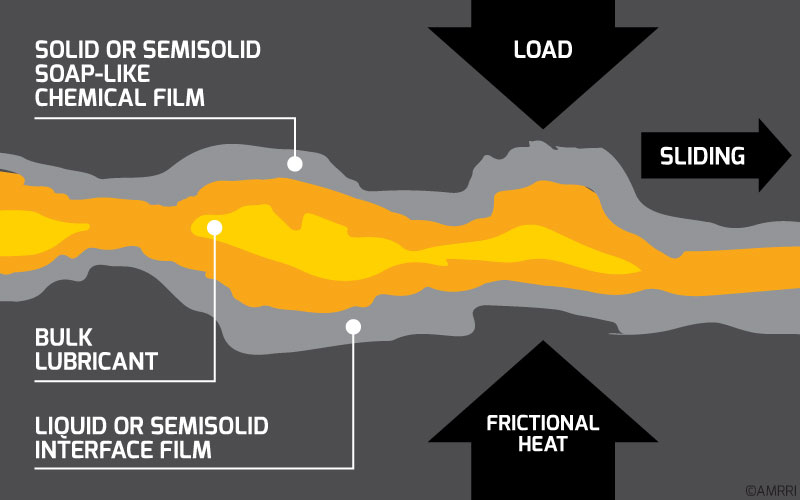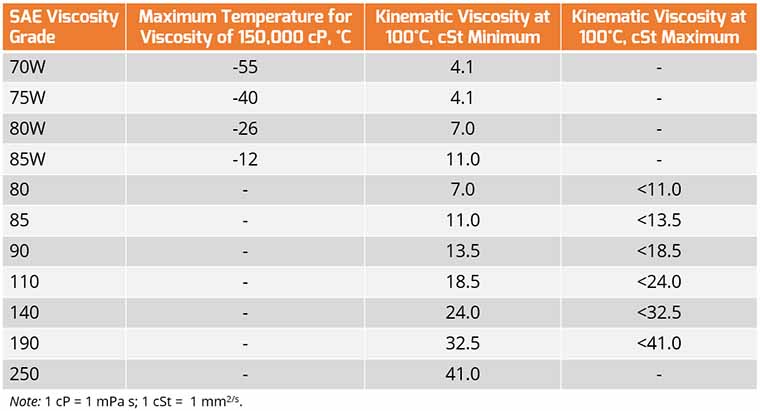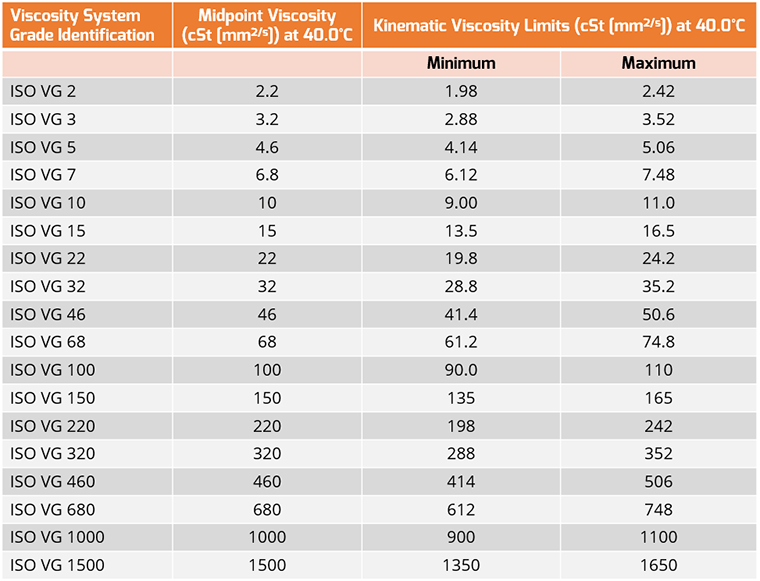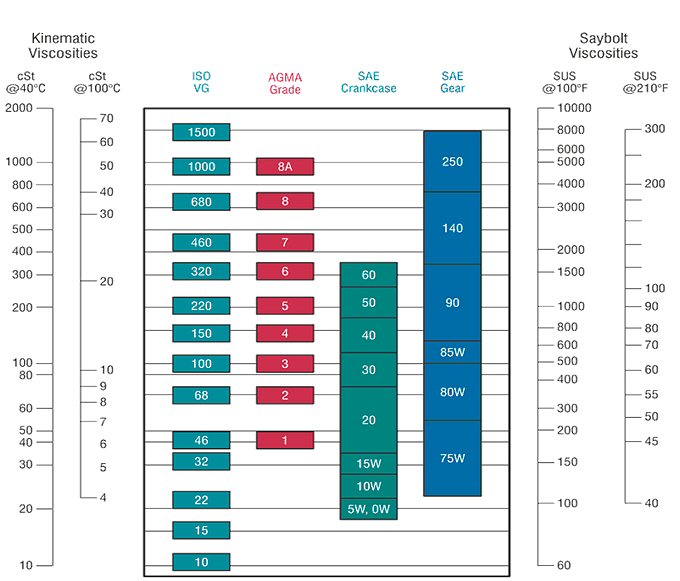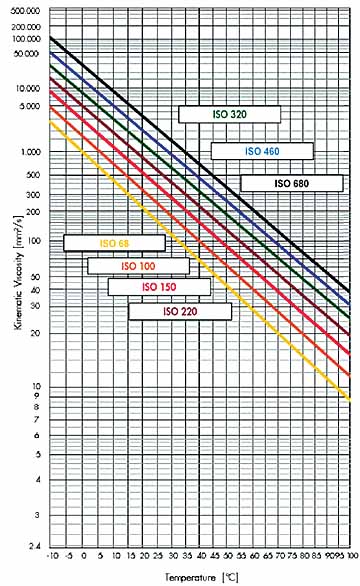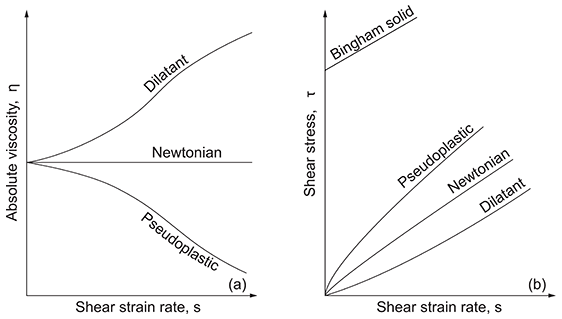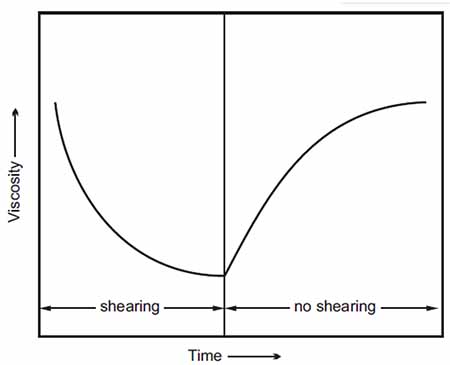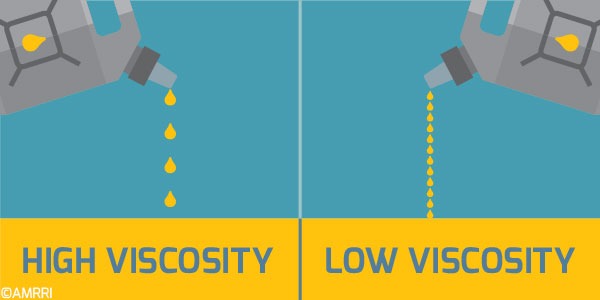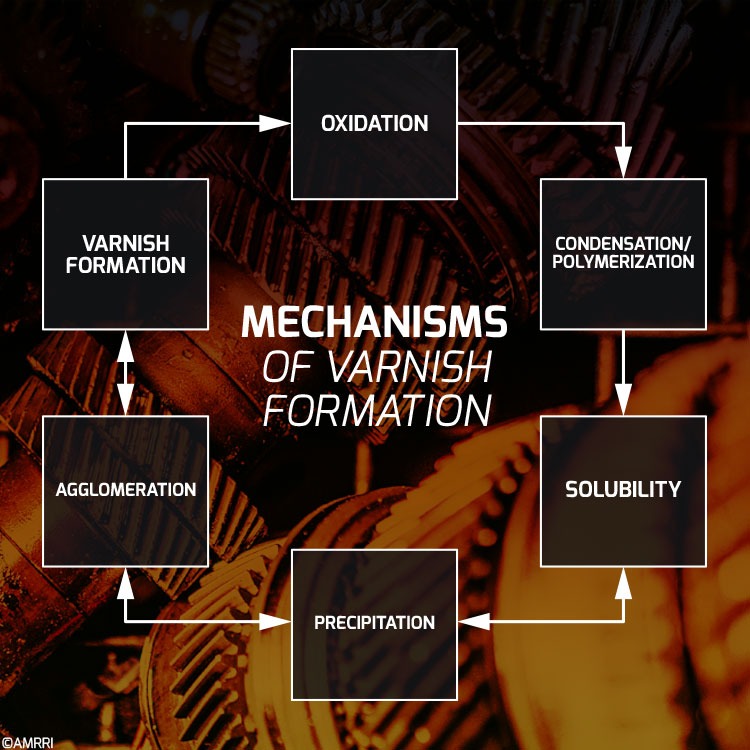
A Chat with Engineer Sanya Mathura, one of the New Faces of Engineering in Trinidad and Tobago with the Board of Engineering Trinidad & Tobago
Engineer Sanya Mathura, BSc. MSc. MLE, FLCAT I, MAPETT, R.Eng.
For more info on the BOETT check out their website: www.boett.org
Sanya is a young Engineer, entrepreneur and author with a distinguished record of achievement and with many first associated with her accomplishments. She is the first engineer to be registered with the Board of Engineering of Trinidad and Tobago in the specialist category of Machinery Lubrication Engineer and before that, the first female in the Caribbean to become an ICML certified Machinery Lubrication Engineer (MLE) and sits on the board for this exam. Sanya was also the first female in the world to achieve the ICML Varnish badges (VIM & VPR), and again, she was the first female in the world to achieve the Mobius Institute FL CAT I (Field Lubrication Analyst) certification. Sanya is the Managing Director of Strategic Reliability Solutions Ltd, a consulting firm which she founded and which specializes in helping clients improve their asset reliability and maintenance practices across a wide range of industries, including oil and gas, manufacturing and transportation, locally and across the globe.
Sanya holds a Bachelor's degree in Electrical & Computer Engineering as well as a Masters in Engineering Asset Management and has over 15 years’ experience in industry. She has been recognized for her exceptional work in the field of reliability and lubrication engineering and her expertise in developing and implementing asset management strategies, risk assessments, and root cause analysis has earned her a reputation as a subject matter expert. Apart from being the author and co-author of six technical books in her area of specialty, when not writing or managing her business, she is an activist supporting projects for women in STEM and has been assigned the Series Editor of the book series by CRC Press, Taylor & Francis, “Empowering women in STEM”.
Sanya is an active member of several professional organizations, including the International Council for Machinery Lubrication and writes technical papers for several organizations. She is also a sought-after speaker and has presented at various conferences and seminars on the topics of reliability engineering and lubrication. She is part of the editorial board for Precision Lubrication Magazine and writes a lot of technical articles on various platforms. She is also part of the Advisory board for the Lubricant Expo North America & The Bearing Show North America. Sanya is also a digital editor for the STLE (Society of Tribologists and Lubrication Engineers) TLT magazine and writes a column for the Equipment Today magazine.
Sanya's passion for excellence, coupled with her expertise in the field of engineering and reliability, has made her a respected and highly sought-after professional in the industry. Her dedication to providing exceptional service to clients and her commitment to staying up-to-date with the latest industry trends has earned her the respect of her peers and the admiration of her clients.
Q1. Can you provide an overview of your academic and professional background, including relevant training related to machinery lubrication engineering?
I am a proud graduate of the University of the West Indies, St Augustine campus where I completed my BSc in Electrical & Computer Engineering and afterwards, my MSc in Engineering Asset Management. After getting my Bachelors, I worked in the industry for 2 years before joining Shell Lubricants as their Technical Advisor for Trinidad & Tobago. This is when I fell in love with reliability as I realized that lubrication is the lifeblood of machines and essentially affects every part of the operation.
It was during my time with Shell that I decided to pursue my MSc and wrote my thesis on lubricant degradation. While writing my thesis, I realized that I wasn’t producing the quality of work that I should be and decided to quit my job (with no back up plan!).
During that time, I reached out to several global experts to assist with some research that I was doing for my thesis, and they all knew someone who knew something. Then I thought, wouldn’t it be great, if there was a hub in Trinidad & Tobago where people could go to for Reliability Solutions from trusted experts…but it had to be Strategic. That’s how Strategic Reliability Solutions was formed, and the vision has never strayed.
We continue to provide quality information, consulting, and training services globally with trusted affiliates in the USA, Canada, Australia and the UK to our clients within the Caribbean and across the globe.
Q2. As a newly Registered Engineer in the specialist category of Machinery Lubrication Engineering, what motivated you to pursue a career in this field, and what specific skills or experiences do you bring to this role?
While I’m newly registered with the BOETT, I’ve been in machinery lubrication for the past decade. I’ve received training in Houston, the Caribbean and got to work with globally recognized product application specialists in this field for several years. After writing my first book, “Lubrication Degradation Mechanisms – A Complete Guide” published by CRC Press, Taylor and Francis, I decided to earn my MLE (Machinery Lubrication Engineer) certification from ICML (International Council for Machinery Lubrication).
This is one of the highest levels of certifications that they offer and while it is advised to build your way up to this badge by earning the other badges (MLT, MLA, LLA) because of my extensive work with supporting customers in lubrication related issues globally, I was sufficiently prepared to pursue this certification and got it.
Afterwards, I wrote a couple more internationally published technical books such as:
- “Lubrication Degradation - Getting to the Root causes” co-authored with Bob Latino published by CRC Press, Taylor & Francis
- “Machinery Lubrication Technician (MLT) I and II Certification Exam Guide” – co-authored with Michael Holloway published by Industrial Press Inc
- “Preventing Turbomachinery ‘Cholesterol’ – The Story of Varnish” – co-authored with Greg Livingstone published by Industrial Press Inc
With my background in engineering and extensive knowledge of machinery lubrication, I am equipped to help customers with their challenges in this arena.
Q3. Could you discuss a challenging lubrication problem you encountered in your work experience? How did you approach and solve it?
We had a client in Qatar who began experiencing some issues with their hydraulic lifters for a particular machine. These lifters got jammed at an ad-hoc rate and caused a lot of unplanned downtime for them. They had to keep stopping the equipment, cleaning the system, and then restarting the equipment which caused some losses in production. They were not performing oil analysis as they did not recognize this component as being critical to their operation hence they did not monitor it.
We worked with them to re-evaluate all their components throughout the plant (determining which ones were critical, semi-critical and non-critical). Then, evaluated the lubricants being used, ensured that they were all meeting the required standards and specifications. Next, with the information gathered, we curated an oil analysis program which aligned with their plant and all its equipment.
From the data collected through oil analysis, we were able to spot when the issue with the hydraulic system began to appear again. The condition of the oil drastically changed after their technician performed a top up. The results also revealed that there were some additives specific to gear oil which were appearing in the hydraulic oil samples.
Apparently, the technician kept topping up the hydraulic systems with gear oil (used in another area of the plant). They thought that any oil should work and used the closest oil to their location (which in this case was the gear oil). We did some training and reorganization of their storage and handling practices, so now, their system is working without any more delays due to the incorrect oil being used.
Q4. In your opinion, what are the most important properties or characteristics to consider when formulating a lubricant for a specific application? How do you prioritize these factors?
There are a lot of things to consider when formulating a lubricant. The most important characteristic is viscosity. One of the main purposes of a lubricant is to reduce friction between two surfaces. It can only do so if it provides an adequate reduction in the coefficient of friction. When formulating lubricants, it’s all about balance.
There should be enough additives to enhance, suppress or add new properties to the base oil. Various types of oils have different ratios of additives to base oil, for example turbine oils usually have only 1% additives while motor oils have 30% additives. That means 1% of additives in turbine oils need to be formulated to have the right amount of oxidation resistance, wear protection, viscosity index improvers and many more which do not counteract each other.
When formulating oils, we must look at the application, the load, the speed, and the environment before even thinking about the formulation. There are complex calculations to determine the correct viscosity (largely based on the load, speed and in some cases temperature).
Understanding the metallurgy of the components is also helpful in the formulation of the lubricant as this can dictate which additives can and cannot be used.
Lubricant formulators also work alongside OEMs to ensure that the lubricant is meeting their specifications as it relates to the efficiency of the machine as well as any regulatory standards.
Q5. How do you stay updated on advancements in lubricant technology and industry best practices? Can you provide examples of any recent developments or trends that have caught your attention?
I read a lot, especially content from OEMs, Global lubricant suppliers and attend a lot of webinars where experts are sharing their knowledge. Being a part of the Precision Lubrication Magazine Board, STLE (Society of Tribologists and Lubrication Engineers) Digital TLT magazine and a columnist for Equipment Today magazine also mean that I have access to this type of content.
I am also the co-chairperson for the Lubrication & Reliability Virtual Summit which features speakers from across the globe within this area. I help to organize and facilitate and participate in some of the discussions for the various regions, AMER (Americas), APAC (Asia-Pacific) and EMEA (Europe- Middle East & Africa).
I was also on the advisory board for the Lubricant Expo North America and facilitate workshops across the globe especially in the Kingdom of Saudi Arabia, UK, USA and other regions.
Additionally, I work with a global group of consultants specific to the lubrication industry with its headquarters in Australia. We all work together on challenges from our customers and have knowledge sharing sessions which helps to keep each other informed about the latest trends.
Q6. Describe your experience with conducting tribological testing and analysis. What methods or techniques have you used to evaluate the performance of lubricants under different operating conditions?
I am not a lab personnel nor do I have access to a lab. My expertise lies in interpreting the reports and relaying this information to the customer along with recommendations on how to solve some of the challenges they may be experiencing. I work with global labs to help my customers to understand what is happening inside their equipment and develop a solution for these challenges.
Q7. Lubricant selection is critical for maximizing equipment performance and lifespan. How do you approach the process of selecting the most suitable lubricant for a given application?
This varies for every piece of equipment. The first part is to understand what the OEM requires of the lubricant, what the lubricant should be able to tolerate before pushing it outside of its operating envelope.
Most OEMs have tolerance limits based on environmental and/or operating conditions as well as industry standards. For instance, if we’re looking at turbine oils, many people make a comparison of their spec sheets (TDS – Technical Data Sheet) with the values given.
Often, they look at the RPVOT value (Rotating Pressure Vessel Oxidation Test) which gives a value in minutes (estimating the lifespan of the turbine oil). This should not be done, especially since the RPVOT is not a repeatable test in that, if it is performed 10 times, it will yield 10 different results.
Additionally, the result is given in minutes (the length of time for the oil to attain a particular characteristic in the test) which is not easily related to the field. Instead, for a better comparison of oils (in particular turbine oils), it may be a wise decision to perform the TOPP (Turbine Oil Performance Prediction) test where the oil is stressed for 4-6 weeks (with catalysts for oxidation such as heat, temperature, oxygen) and then their characteristics are compared. This is one of the best ways to compare oils before determining which of them to purchase in the turbine oil realm.
When evaluating oils for maximizing your equipment performance, most OEMs suggest a range of oils both mineral and synthetic and provide the operating characteristics in which these perform best. Depending on your environment, the oil can be selected accordingly.
For instance, there may be no critical applications which require the components to keep moving with minimal stressors or extra loads. In those cases, mineral oils would be the most effective and possibly last longer just because of the application.
In other instances, such as a harsh environment or high temperatures, synthetics may perform better but may still not have a longer lifespan because they can degrade quickly because of the environment. Essentially, it all depends on the application being evaluated.
Q8. Can you discuss a situation where you had to troubleshoot lubrication-related issues in machinery and the steps you took to resolve them?
We had a customer in Italy who was having some issues with the cranes on their ship. The oil was degrading quickly and continuously causing them lots of downtime. We ran the oil analysis for the oil and discovered that the viscosity was breaking down too quickly and there were lots of deposits being produced.
The crew were able to remove one of the filters and we sent it for testing but upon removal, they noticed that there were areas of the filter membrane which were burnt. This is one of the effects of ESD (Electrostatic Spark Discharge).
We were able to immediately identify this and worked with them on finding a solution to this issue. They could not make any adjustments to their current operations, so we decided to change their filters to antistatic filters. This dramatically helped to reduce the buildup of static in the oil and they do not have deposits in their oils anymore.
Q9. Effective communication and collaboration are essential in lubrication engineering, especially when working with cross-functional teams or external stakeholders. Can you provide any example of how you've successfully communicated technical concepts or recommendations to non-technical stakeholders?
Typically, when I get called into an organization it’s because something went wrong. This means that I need to be able to communicate with all the stakeholders from the CEO to the people working at the plant. I remember one high-level meeting where both the technical and C-suite members were present.
The trick to being able to deliver technical information to a mixed audience is to find common ground, for everyone. For this meeting, I started off with using an analogy of the human body to the manufacturing plant and then proceeded to explain the importance of the oil, its functions as likened to the blood in our bodies.
Then, for explaining the oil analysis results (which the technical team needed to see but the non-technical team did not fully understand), this was likened to performing blood tests and the results that we got were likened to tests for diabetes, either you are pre-, post or need to monitor.
This was a great way to get everyone in the room to understand what went wrong, and how we intended to fix it. Although, some have now referred to the plant as having type II diabetes after the meeting, they still got the message.
Q10. Finally, where do you see opportunities for innovation and improvement in the field of lubrication engineering in Trinidad and Tobago? How do you envision contributing to advancements in this area in T&T?
Trinidad & Tobago has a rich history of Oil & Gas and manufacturing. Nothing moves in these industries (or any other industry) without proper lubrication. I think it’s a concept that not many are familiar with as they are in other parts of the world. But this is where we can grow and evolve.
It’s been my mission to bring Trinidad & Tobago to the forefront in this industry. Through my internationally published technical books, presence on technical boards, articles and certifications, we are showing other Caribbean islands that we are not “too small” to partake in the conversations happening in this industry. Just recently I attained my FL CAT I (Field Lubrication – Category I) from the Mobius Institute becoming the only female in the world to attain this (as per their published records).
This is not a new accolade as I was also the first person in the Caribbean to attain the ICML MLE certification and the first female in the world to attain the ICML VIM & VPR badges.
I’m bringing the T&T name to the forefront and letting others know that we have talented people here who are willing to do the work and advance the industry through their insights.
I may write a couple more technical books in the future (having already published 4 technical books and 2 non-technical), I can safely say that it is a strong possibility. I will continue my work in advocating for more women in STEM (especially in this industry) and though my series of books, “Empowering Women in STEM” published by CRC Press, Taylor and Francis.
The first two books are already out and feature women from various parts of the globe in different industries in STEM. The third book will be out before the end of the year and the fourth is already in progress.
I firmly believe that if we all work together that we can create more opportunities for others to also shine brightly in this space and inspire the future generations.



